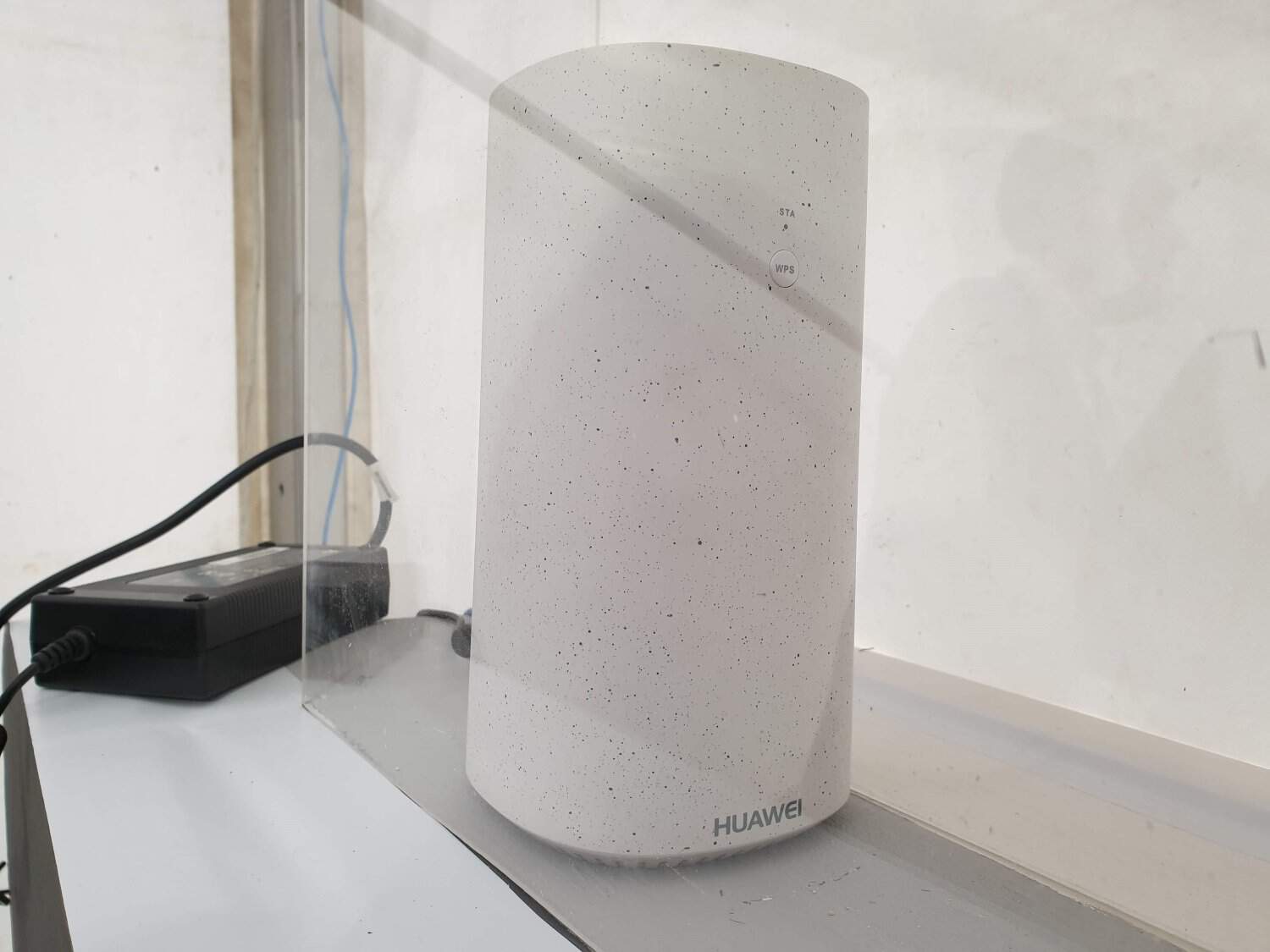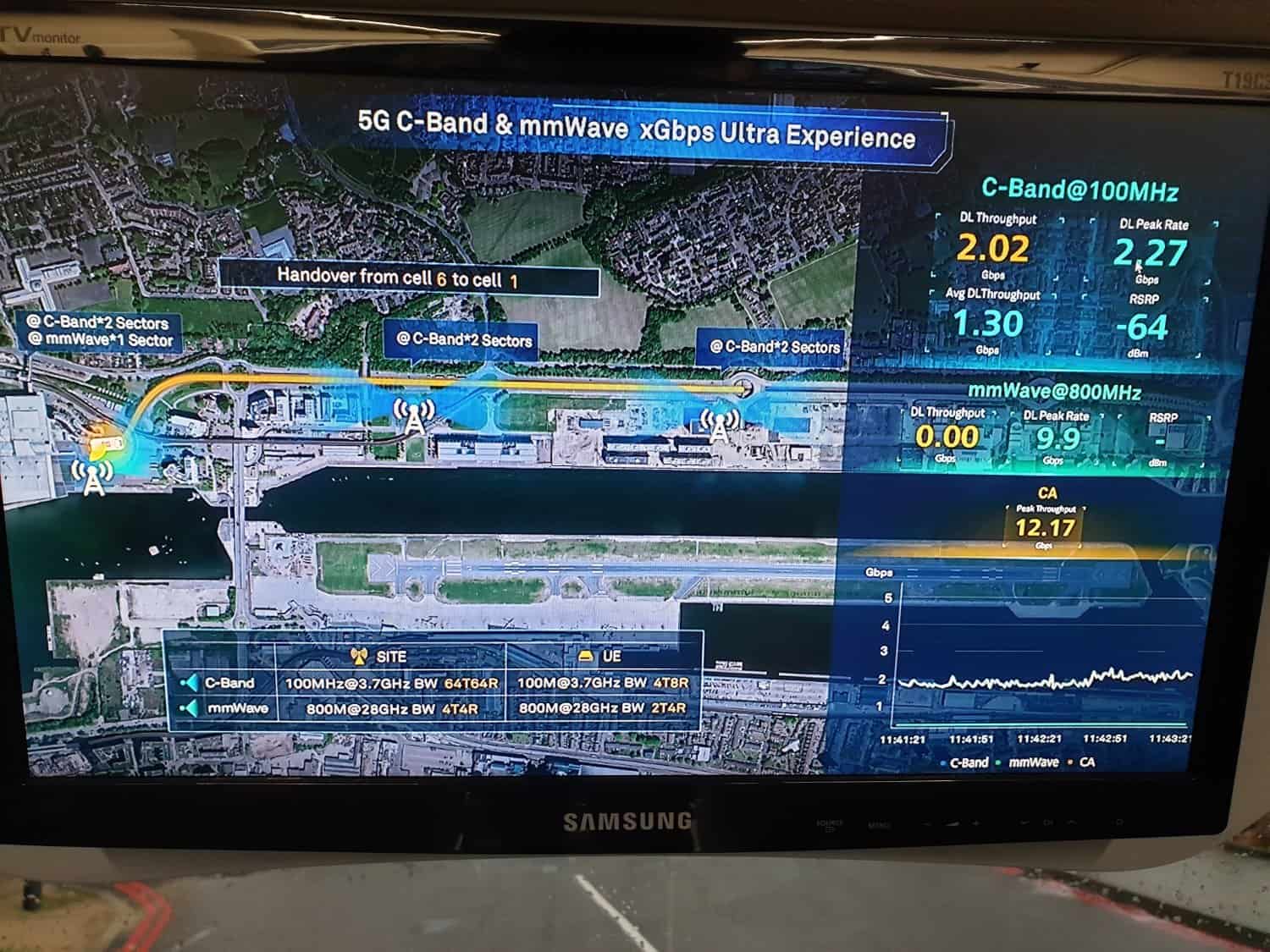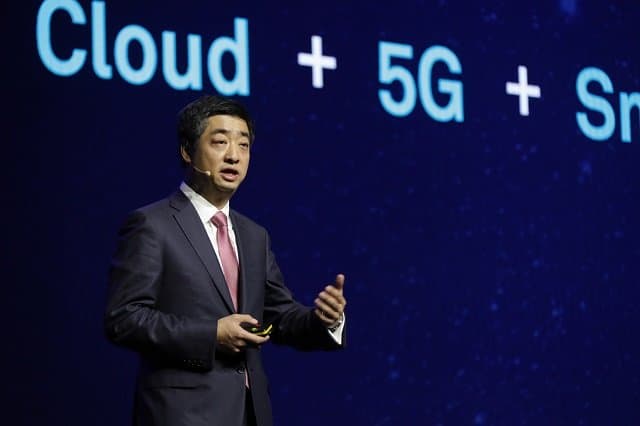At the Global Mobile Broadband Forum in London, Huawei is testing the largest 5G test network in Europe. Thanks to several masts, Huawei demonstrates the seamless transition of 5G connectivity. At the same time, it calls on governments to work better together.
While in the US, Korea and other markets 5G is being rolled out very slowly, we still have work to do in Europe. That was also the message of Ken Hu, Rotating Chairman at Huawei at the Global Mobile Broadband Forum in London. Last year, the company already delivered 10,000 5G-base stations that can connect to a 5G network to use broadband mobile internet at home or in the office.

Hu stresses the importance of governments accelerating the process and harmonising the 5G spectrum. Preferably at a cost lower than 4G. Governments must free up public resources for site deployment. They have to share their infrastructure like roofs and light poles. This will allow them to reduce the costs for the providers and at the same time generate new revenues for public utilities.
Live 5G demo
During the forum, Techzine also received a 5G demo in a moving bus between three 5G installations. You could see the maximum internet speed on a digital screen and how the signal is seamlessly transmitted from mast to mast. The average download speed was 1.30 Gbps with a peak speed of 2.27 Gbps.

One of the 5G masts also used mmWave to record extremely high speeds over a short distance. Here we briefly saw a peak of 9.90 Gbps, but the signal was too short to be relevant. 5G via mmWave requires many more antennas because it operates on the 28 GHz frequency. The other 5G antennas in the test used the 3.7 GHz band.
Hu believes that 5G will be essential for society. This is why Huawei is working on 5G networks that are stronger, simpler, more intelligent and safer. If we can expect the first commercial 5G networks in Europe, for the time being it is time to look at coffee grounds.
Related: The future of 5G: where do we stand today?
This news article was automatically translated from Dutch to give Techzine.eu a head start. All news articles after September 1, 2019 are written in native English and NOT translated. All our background stories are written in native English as well. For more information read our launch article.